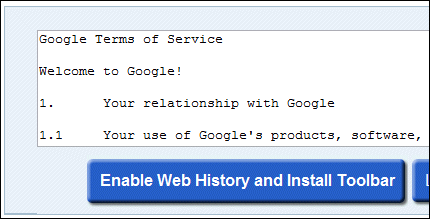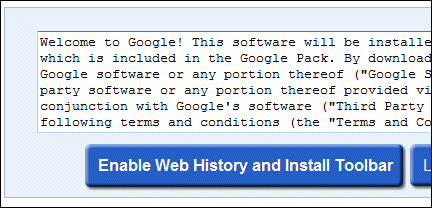Microsoft had a good Mix07. Let’s start with the provisos. Silverlight with .NET may have been announced, but it’s a long way from delivery, with alpha code just posted and no date set. Adobe already has a widely deployed cross-platform runtime with an embedded Javascript engine, complete with JIT compiler.
Next, Microsoft is miles behind its rival in the design world; it’s Expression tools are just now appearing, while products like Illustrator, Photoshop and Dreamweaver are de facto industry standards.
Third, Mix07 had its share of hiccups, not least the bizarre closing plenary. The theme seemed to be the future of advertising: XBox maestro Robbie Bach entertained us for a short time with clips of in-game advertising, following which came a lengthy and less than sparkling panel debate, only redeemed by pithy comments from Economist Publisher and Managing Director Andrew Rashbash who reminded us that editorial independence still matters, which is a relief.
That wasn’t enough for most delegates. A little way into the debate I became aware of a distracting bonging noise from somewhere behind me. It was the doors clanging as attendees headed for the exit.
I have never seen so many people leave a Microsoft plenary, and I can’t shake off the suspicion that something else was planned for this slot, but pulled at a late hour.
Never mind, this was nevertheless a good conference for Microsoft. It is all about a one-two Silverlight punch. Punch one is online video. You know the story: streaming internet video used to belong to Real, Apple and Microsoft until Adobe sneaked in with a marvellous “it just works” implementation in the Flash runtime. How can Microsoft now compete? Two ways: price and quality. On the price front, it is giving away space on its streaming servers, a more than generous offer that is likely to be widely taken up.
Another factor is codecs. Flash has two, H263+ and VP6. H263+ is cheap to implement, thanks to to support in FFMPEG, but the quality is poor. The newer VP6 codec, from 0n2, is equally high quality but according to Microsoft’s Forest Key, less efficient:
We are 20% better. At constrained data rates, or at HD data rates, because it’s computationally more effective, we can do a significantly better job . We can do HD on a significant number of machines. You will be able to do HD video with Silverlight. That is something that Flash can’t claim.
On2 may dispute this, judging from the claims on its site; but even if Microsoft is only on a par, that might be good enough, bearing in mind the low cost of encoding and delivering:
Expression Media Encoder is a batch processing tool for delivering media to Silverlight. It’s an enterprise scale product. We have a streaming server that is part of Windows server. It is very cost effective. By comparison Flash has a very expensive SKU.
says Key. Another plus for Silverlight video is ease of development. Program Manager Wayne Smith closed his demo with a jigsaw puzzle video, by which I mean a jigsaw image, pieces strewn everywhere, with each piece playing a segment of video. This is not useful in itself, but it nicely illustrates that in WPF video is just another graphics brush. This makes it easy to integrate video into an interactive application, with overlays, user configuration options, multiple simultaneous videos playing, and so on. Welcome to interactive broadcasting.
I am not personally a video person; I’m more interested in the programming side. The second Silverlight punch is the announcement of official cross-platform .NET, something I’ve speculated about for a long time, since before .NET 1.0 was released. Why is Microsoft doing it now? In one sense it’s an admission of failure: there will never be a Windows-only internet, thank goodness. For the rest of us it is good news.
Will Microsoft compromise Silverlight to keep the full WPF better? That must be a risk; but Key insists not:
That’s not our concern. We’re going to make Silverlight as good as possible. We shouldn’t artificially sabotage Silverlight to keep differentiation.
Overall it’s a good story, and accounts for the generally enthusiastic reception which Mix delegates gave to the opening keynote, which was as good as the closing plenary was bad. Pay special attention to what the guys from Major League Baseball talked about, as this is where it comes together into a compelling deliverable.
With Silverlight and Expression, I now think Microsoft will make real impact.


